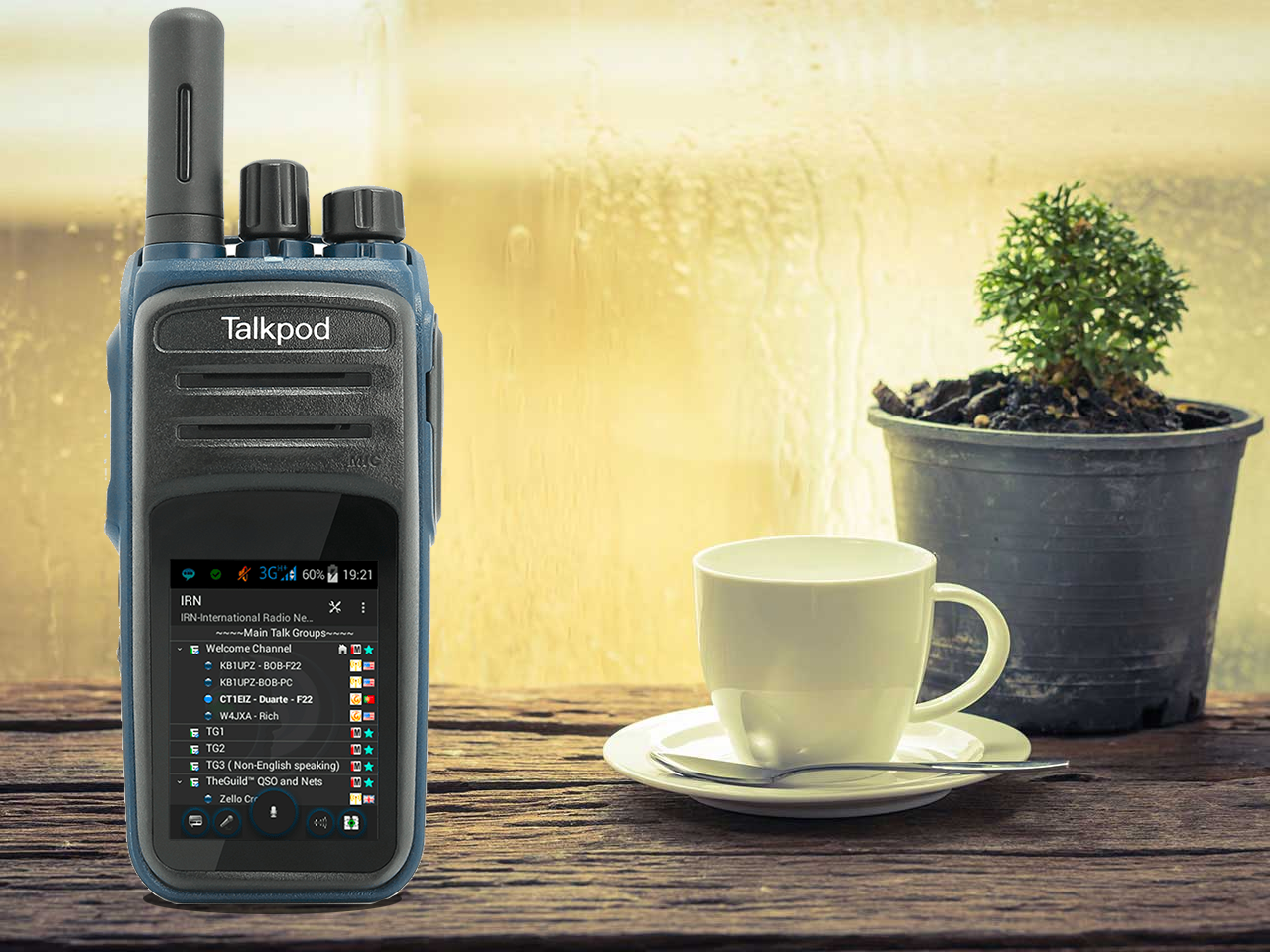
Three Letters to a Magazine
by Chris G7DDN
Today was “Porn Magazine” day!
Before you jump to rash conclusions, this is my wife’s description of the day in each month when the Radio Society of Great Britain’s monthly journal ‘RadCom’ hits our doormat.
She knows I will be perusing and purring over the articles and adverts, looking to see what is new in the world of Amateur Radio.
If only there were a glossy glamour photo of the new Icom 7610… …oh there is, yay!
The Last Word
Today though, it was not a new piece of radio equipment or a particularly inspiring piece of writing that caught my attention. Today I was particularly struck by a thread of letters to the editor, in what is known as the “Last Word” column.
There has been a particularly interesting set of opinions expressed about new technology and its impact on our hobby. And if I am honest, I hope I am not the only one somewhat concerned about what I am reading.
Magic?
Correspondent number one was recounting the magic of amateur radio and how it is our joint responsibility as Hams to reach out to others to increase our numbers – all good stuff.
But he then went on to say and I quote “…of course the young will have their iPods, iPads iPhones and the like, but there is no ‘magic’ with those devices”
I am sure the writer is not trying to wind anyone up when he writes this – it just betrays how difficult it is for us older hams to see the world through the eyes of people younger than us.
But let’s be brutally honest, surely this represents a huge misunderstanding of where 21st Century people are.
Try telling 99% of today’s population that there is no “magic” in their mobile devices!
A device that is a touchscreen pocket computer; a device more powerful than a desktop PC from only a few years ago; a device that allows instant communication world-wide with HD live video in addition to audio and instant messaging; a device capable of storing your complete music library on it…
Seriously? That is not magic? It looks like magic to me! A small slab of glass which does almost anything in the communication sphere that you can imagine? Wow!
Remember Windows 3.1?
A reality check for us oldies!
Most under 30s do not remember a time before a “Start” button in Windows! (Just let that sink in!)
Most under 30s have no concept of what a “tuning knob” on a radio is for.
Most under 30s have no concept of what Ham Radio actually is, does or understand how it works (and they show little interest in wanting to know either, from my experience!)
However, most under 30s own at least one smartphone, tablet or computer and probably know how do some level of coding on it too.
This shows the scale of the task we are up against in getting new people interested in our hobby. Sadly, we are perceived, if we are perceived at all, as being old fashioned, out-of-date and out-of-touch.
Electronic Scrap
But these were not the only comments that struck me in a less than impressive way.
A second writer noted that “…amateur radio communications are point to point with no enormous infrastructure in between, other than dear old Mother Nature! Take that infrastructure away and all those much-hyped wonderful devices would be so much electronic scrap!”
OK, I would argue the assertion that all Ham Comms are point-to-point, but I can see what the writer is saying.
But when I actually think about it, in the 25 or so years that I have owned a mobile device, I cannot recall one time it didn’t have a connection to the network.
Millions are spent improving the Internet and particularly the mobile access to it, both in terms of speed and coverage. Yes it can be turned off, yes it is vulnerable to malicious intent, but for 99.9999 recurring percent of the time, it works!
I would posit that there is precious little chance of these devices becoming “electronic scrap”, except in an apocalyptic scenario…
It’s the End of the World…
…which brings me to the third correspondent.
He predicted that, in an Armageddon event, “cellular phone networks, social media, cash machines, local authorities, food supplies, power stations, water supplies, gas and electricity and fuel producers, the military, police, fire and ambulance services.” would all close down.
He concludes that “Amateur Radio and RAYNET could then become part of the few remaining communicating methods left in the country.”
Again you can’t disagree on the surface and I do get the point.
But really, if all these devices and organisations have gone down in an apocalyptic event and it’s every man for himself, I don’t think my first thought will be to spend time erecting a 40m dipole and using my EMP-protected (you had thought of that, hadn’t you?) FT-817 to see if I can make contact with some other poor starving members of the human race, who are also trying to survive the aftermath…
I do hope the letter authors will forgive me, as I do “get” where they are coming from, but I really feel they are missing the most important point.
The Internet is the Medium
That point is that, in the 21st Century, we have a new means of propagation that pretty much everyone can, and does, already access (without exams and a special licence) – the Internet.
And it would be remiss of us to ignore that or worse still, belittle it, just because it is new, man-made and not the ionosphere that we all love so much!
The ionosphere is a fantastic natural resource, though with S9 of noise in most urban settings these days, it is sadly becoming increasingly difficult to make meaningful contacts in the way we used to. Like it or not, the Internet is the 21st century propagation medium of choice.
What’s this to do with Network Radios?
Here we have devices that, in one way, are not radios in the normal sense, but that still use RF to communicate. Radios that do not use the ionosphere, but use this newer means of propagation, the Internet.
I think the majority of people these days can relate to these devices – they are familiar enough to be comprehensible, but different enough to introduce them to the delights of 2-way communication.
In other words, it’s a potential practical route in to our form of radio communications in general, and Ham Radio in particular.
Yes, some may not progress all the way to a Ham License, but some might and that has got to be a good thing – we need to start where people are and with the technology they use every day.
Surely we cannot offer them what seems, on the surface, to be an “inferior” form of communication, coupled with an exam, as the sole means of entry to what is, in the end, a hobby?
I fear the current state of affairs in Ham Radio could well lead to our extinction as a hobby (well before the end-of-the-world event predicated by the writer of the third letter to RadCom.)
Honey, I Shrunk the World!
Years ago, communicating long distance was only possible by expensive operator-placed telephone calls or by Ham Radio. Not so now – the mobile internet has shrunk the world and Ham Radio needs to redefine itself to remain relevant in the 21st Century. I really don’t think we will achieve that by suggesting there is no “magic” in mobile devices!
In fact, we cannot assume anything anymore – people do not have any “context” that allows them to understand what Ham Radio actually is, so we have to find other ways to relate to them. Starting with devices they already own and have in their pocket with them is surely one relevant way to do that. Network Radios are exactly the kind of device that can build on that interest.
Using Android OS, using a touch screen, able to use apps they already use, able to be a phone, an internet device, but setup for amateur-style communications, they just might be the perfect hybrid device, or at least the start of development towards such a device.
I would urge all Hams to keep an open mind about this subject and not dismiss the Network Radio phenomenon out of hand.
Where it will all lead, who knows? But it could be to a much brighter future than many fear…
March 2018
N.B. Chris is giving a presentation on Network Radios at the Wythall Hamfest near Birmingham UK on Sunday 25th March 2018 at 11.00am. All are welcome.






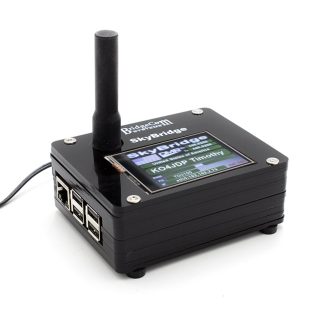
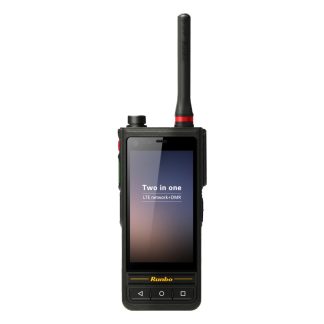
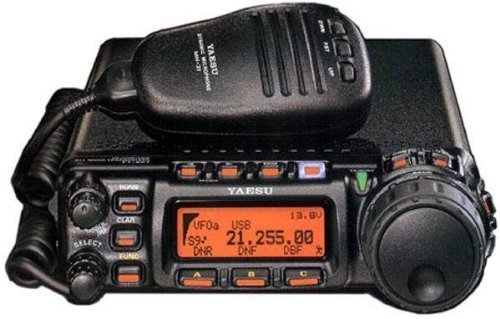

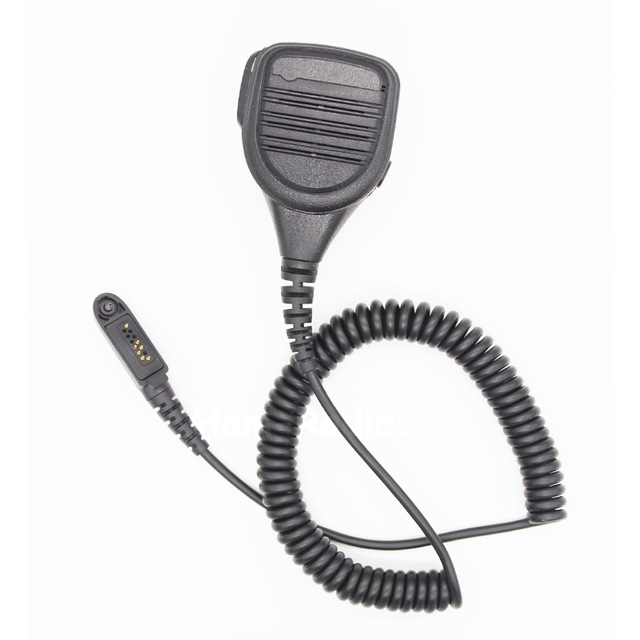
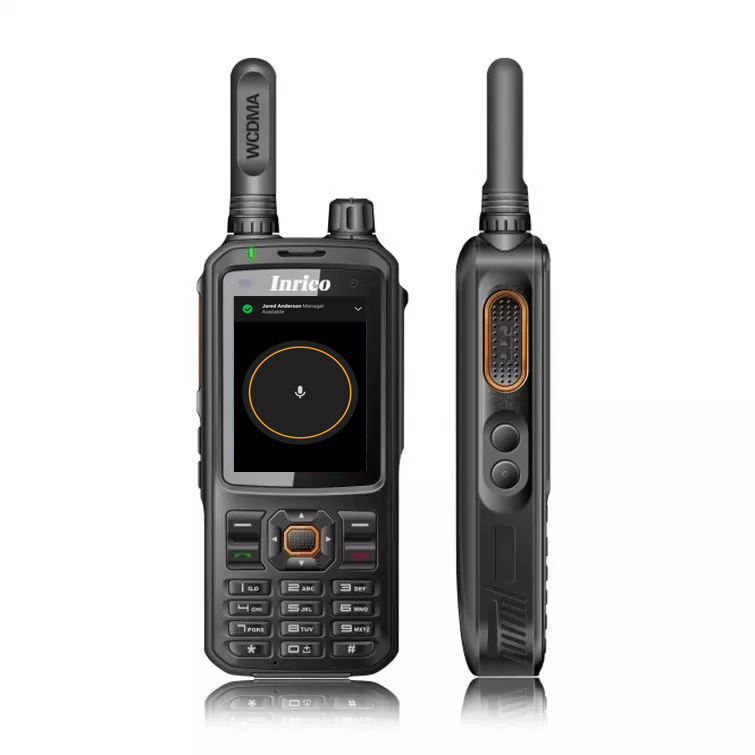
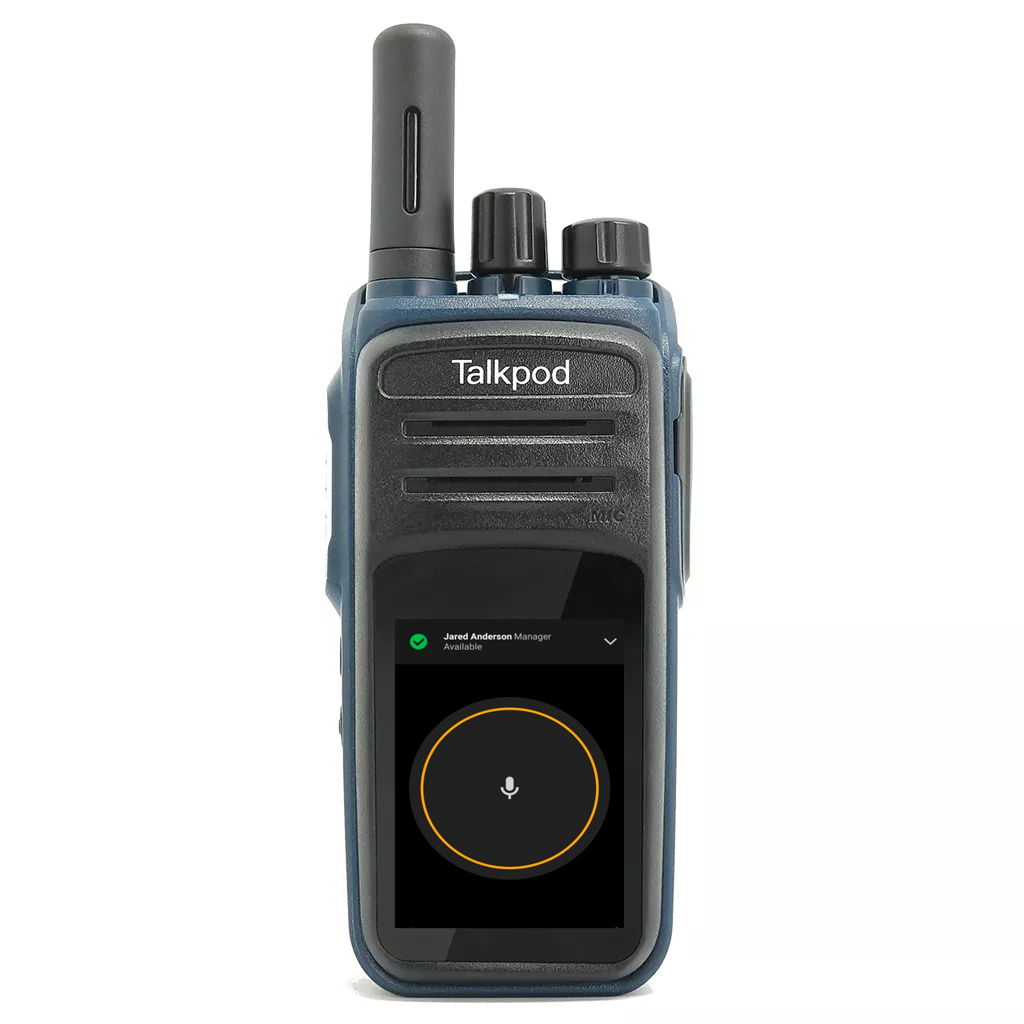
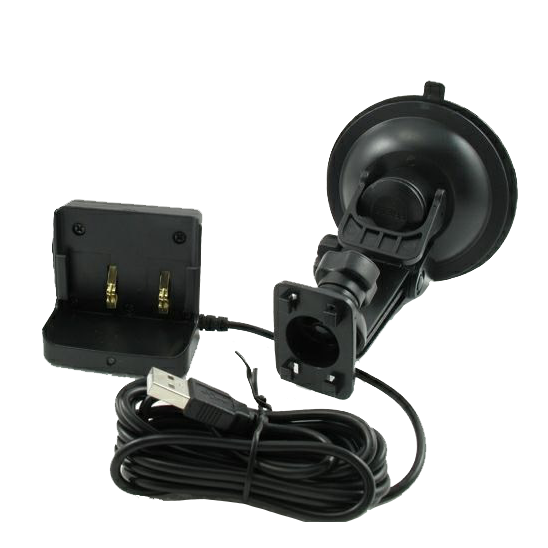
 Official RFinder shop
Official RFinder shop Official Inrico shop
Official Inrico shop Worldwide fast deliveries
Worldwide fast deliveries
I wholeheartedly agree with the author, if anything is going to bring new blood into the hobby it’s Network Radio.
Also let’s not forget the poor soles like me, who have a small dwelling with little or no garden and no means even if they was capable of having anything than a VHF/UHF vertical antenna.
Network radio on my smart phone has allowed me to talk to more overseas amateurs and radio enthusiasts in one weekend that in my 40+ years in the hobby.
Role on the arrival of my Inrico T320